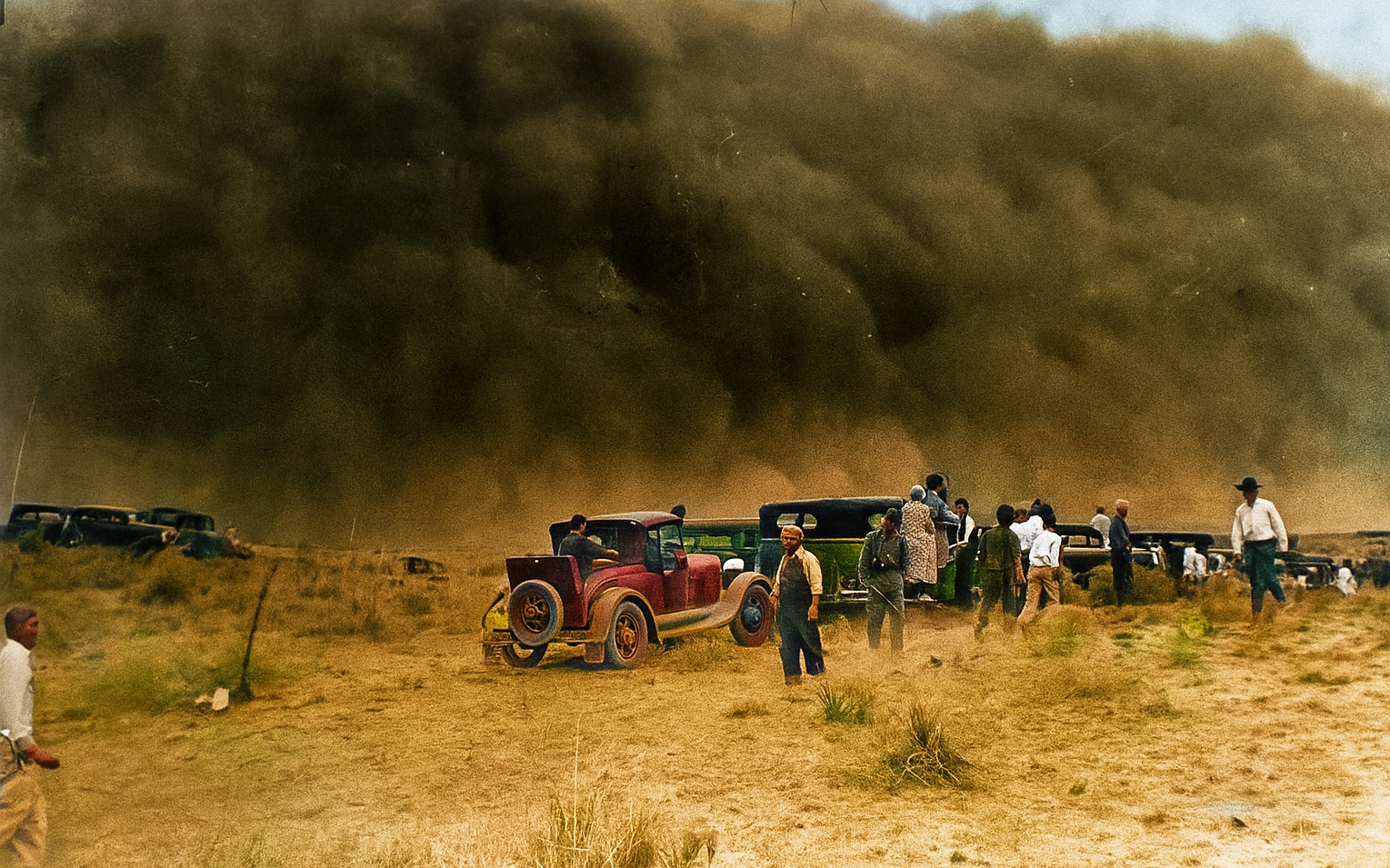
How the American Great Plains recovered after the Dust Bowl
Today the prairies of the American Great Plains look lush and productive. But a human lifespan ago, that region was a desolate wasteland, stripped of fertile soil. While the economy sank into the Great Depression, millions of hectares of prairieland were literally reduced to dust, only to be blown away by relentless winds during the environmental disaster known as the Dust Bowl. I've always been fascinated by that event and its causes, but then I wondered: what happened next? How were the Great Plains restored—and are they truly recovered? The crisis prompted people, presidents, and governments to take unprecedented, hopeful action, yet the long-term sustainability of the region remains questionable.
By Kathelijne Bonne. Support GondwanaTalks with a one-time or recurring donation.
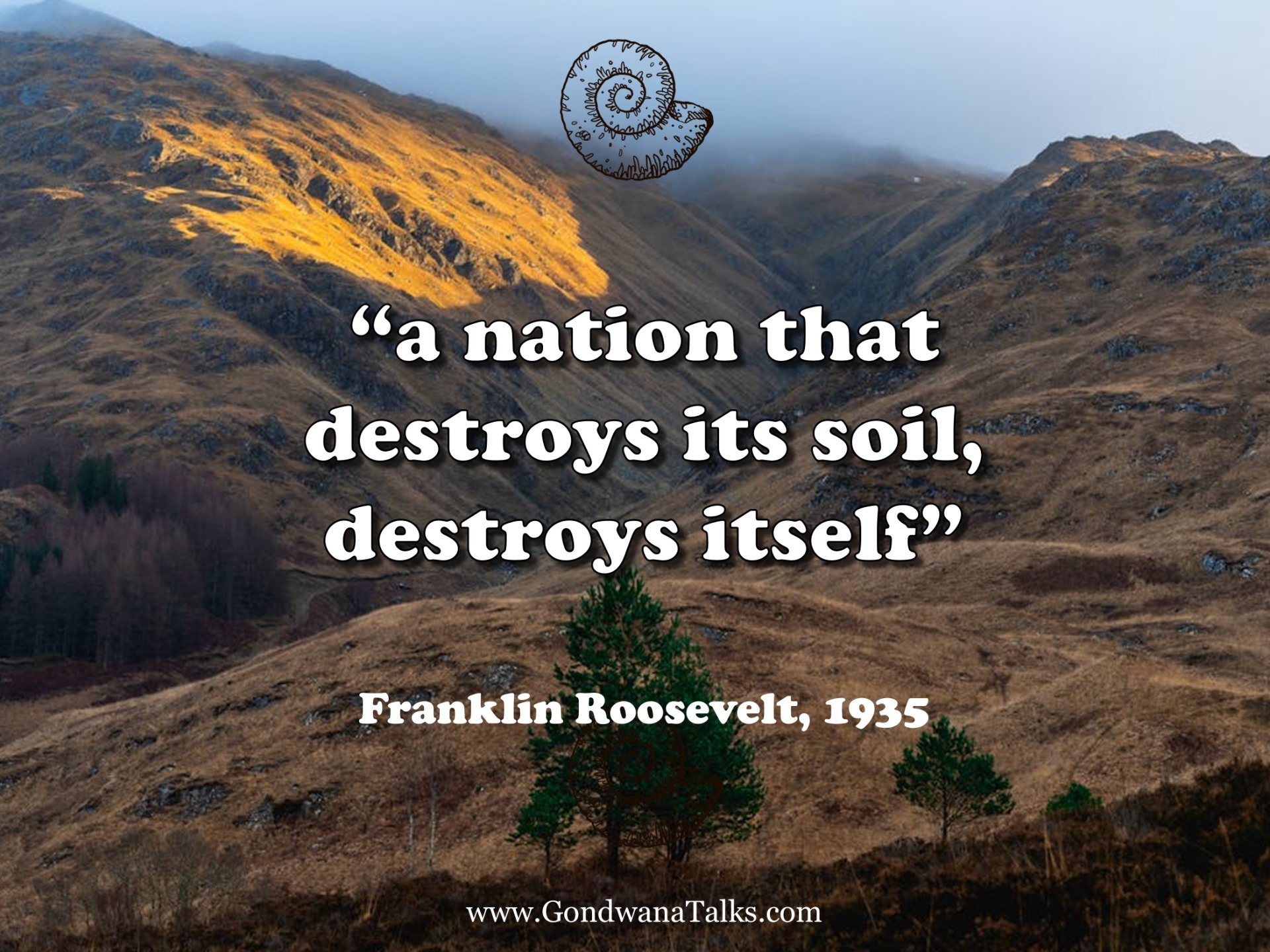
"A nation that destroys its soil destroys itself," President Franklin D. Roosevelt aptly said while black blizzards raged. His words were rich in metaphor, yet also painfully literal. Without soil, we are nothing. North America learned this the hard way during the Dust Bowl years, known as the Dirty Thirties. Aerosols of black dust was all that remained of the fertile black earth of the Midwest.
A few years ago, I was interviewed on the Spanish radio about this catastrophe, as my first article mentioning the Dust Bowl had been picked up. Desertification, as also seen in Spain and elsewhere, is a well-known cause of wind erosion.
But one angle had remained uncovered and I was asked: How were the Great Plains and its soils regenerated? Did black soils somehow grow back and how?
Have the legendary prairies, once the realm of the bison, been restored at all?
Before the Dust Bowl
In the 19th century, the American Great Plains (parts of Texas, Oklahoma, Kansas, Colorado, and New Mexico) were still largely pristine, as vast grasslands full of bison and prairie dogs. Its vegetation consisted of drought-resistant prairie grasses. Deep roots anchored the soil, and even in windy conditions, the soil did not erode. Grassland soils tend to be very rich in humus, which gives the soil its black color. In soil classification these soils are known as Mollisols (they underlie the pampas in Argentina and prairies in North America, and are called Chernozems in Russia and Ukraine).

Go west: Homestead Act of 1862
Meanwhile, European immigrants arrived on the East Coast and advanced westward. Exactly 119 years before I was born, Lincoln signed the Homestead Act of 1862. Thousands of farmers were given permission to move west and cultivate the land on a massive scale. The prairies were plowed over into a vast patchwork of farmland. High grain prices and mechanization, particularly the advent of powerful steel plows and tractors, led to a dramatic upscaling of agricultural activities. The Wild West gradually lost its wildness.
Land that had once been protected by deep roots of wild grasses transformed into fields that lay fallow for much of the year. With the grasses gone, the soil was stripped of its natural protection.
And then came extreme drought and wind. Much later, scientists attributed this prolonged 'mega-drought' to the El Niño Southern Oscillation (ENSO) weather system. And although the lack of rain was partly due to natural causes, predatory land management exacerbated the impact of the drought. The natural resilience and protective grasses were gone. Only then did it become clear how devastating the new farming practices were. The unprotected, dry and depleted soil turned to dust. And then the storms came.
Black blizzards
What followed were years of dust storms that took on apocalyptic proportions. Farmers saw their fields and equipment disappear under black dunes. The sun was hardly visible. Places like Amarillo and Dodge City were enveloped in a thick back haze for weeks. The so-called panhandles of Texas and Oklahoma were the worst affected. People and animals became ill and died of lung disease (also caused by asbestos), crops failed, and thousands of families left their farms. Many headed west to California in the hope of a better life. But they were far from welcome.
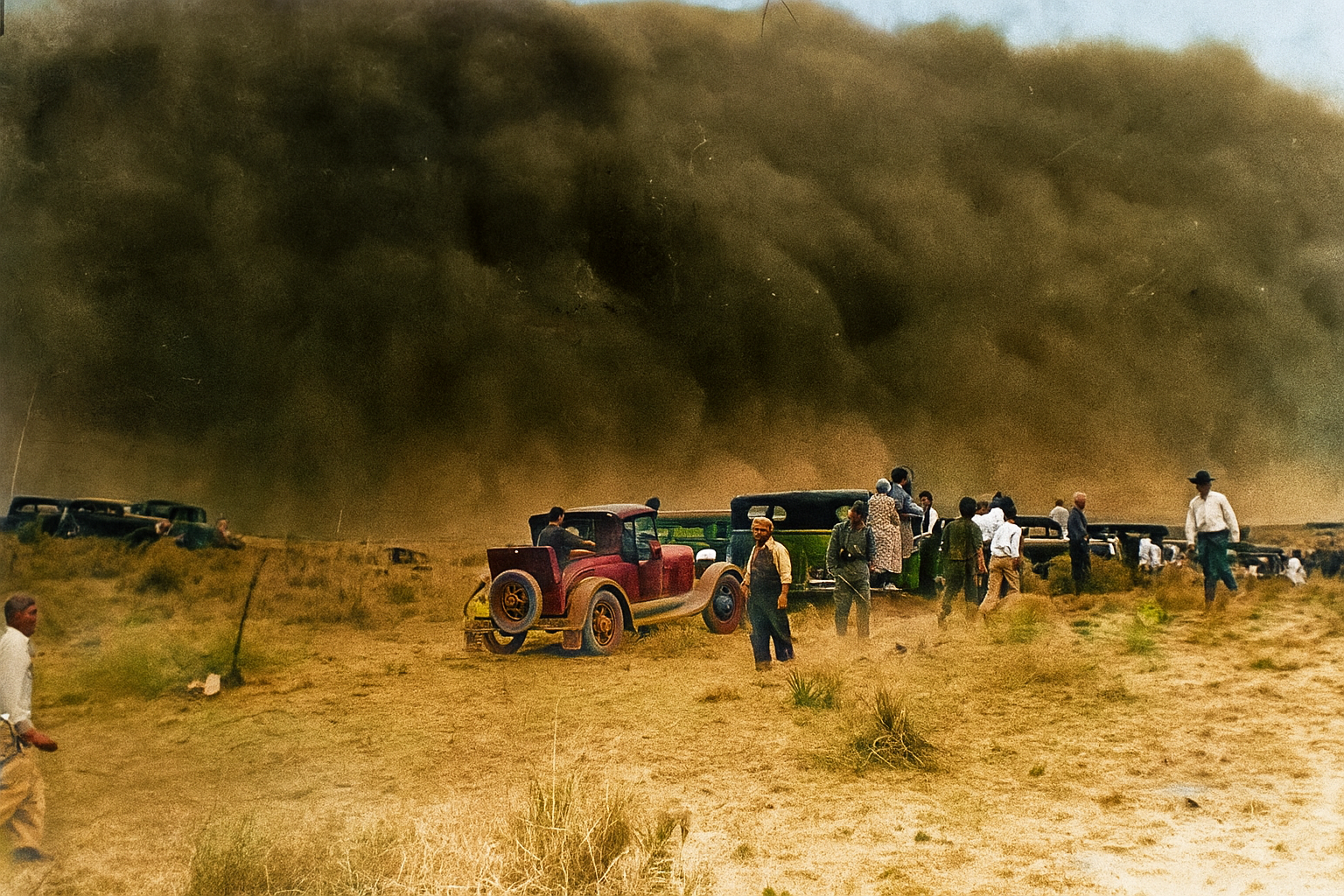

Paradigm shift: soil is not an inexhaustible common good
The US government intervened under President Franklin D. Roosevelt, who established the New Deal. The launch of the Soil Conservation Service in 1935, rooted in the Soil Erosion Service, was pivotal. This organization was founded by soil scientist Hugh Hammond Bennet, a pioneer who recognized as early as the 1920s that soil erosion was a severe environmental threat. His notions made him unpopular with colleagues who saw the soil as an indestructible, inexhaustible common good:
"The soil is the one indestructible ... asset the nation possesses ... It is the one resource that cannot be exhausted."
That idea started to falter when the dust storms hit. For the first time, soil health became a national responsibility. Scientists, agronomists, and farmers sat together to figure out how to mitigate the disastrous effects of erosion. Despite perpetually inadequate budgets and ever-present political obstacles, various programs were set up to restore the staggering wasteland and bring it back to life.
The focus was on stabilizing the soil and avoiding new dust storms. How to stop the wind? How to retain the soil? How to prevent good earth from turning into dust? These were the key questions during that crucial time. What had to be done is almost reminiscent of 'terraforming,' the intriguing science fiction feat of geo-engineering in which a lifeless planet is made viable or earth-like.
Great Plains Shelterbelt: the greatest tree planting project ever

"The farms in the Plains need trees!"
It was the start of a massive tree planting endeavor. The Shelterbelt Program took shape, later renamed the Prairie States Forestry Project. Millions of trees were planted around fields, in so-called shelterbelts or windbreaks, to reduce the wind's strength and prevent evaporation of soil moisture.
Never before had such a large-scale or rapid tree planting campaign been seen. It is encouraging to know that it is possible to make an enormous effort in an emergency (even though it is better to act early and avoid the emergency). The slogans that appeared on posters at the time would not be out of place in the current era of droughts and heat waves:
"Trees prevent wind erosion, save moisture, protect crops, contribute to human comfort and happiness."
Between 1935 and 1942, a total of 220 million trees were planted across 48,000 km² in an area stretching across the entire Great Plains: from North and South Dakota, Nebraska, Kansas, and Oklahoma to Texas, basically all the way from Canada to Mexico. In the Canadian provinces of Alberta, Manitoba, and Saskatchewan a shelterbelt program was also launched, along with other soil conservation methods.
More measures to repair the Dust Bowl
No-till farming
Indiscriminate plowing was one of the causes of the Dust Bowl. To reduce runoff and erosion, construction of terraces and contour plowing, in which the land is worked along contour lines, was encouraged. But less or no plowing at all – no-till farming – is even better.
Farmers learned about crop rotation, cover crops after harvesting, and the importance of rest periods for their fields. In the most severely affected areas, land was even taken out of production and given back to nature.
Hay and natural grasses
Simply waiting for natural grasslands to return would take a very long time (25 to 40 years). The 'hay method' consisted in sowing the land with mixtures of grass seeds. Native species such as blue grama were particularly suitable. It turned out effective and the land could be used for grazing or for harvesting hay.
No more waiting for rain
Whereas farming in the Great Plains used to depend on rainwater, irrigation has been possible since the 1950s thanks to the discovery of a large underground water body, the Ogallala Aquifer. This vast natural system of aquifers supplies the entire Great Plains.

Overall, dust storms became less frequent and the soil slowly recovered. Not only seeds germinated but also ideas about soil conservation and new paradigms: food production and nature conservation must go hand in hand.
Fewer dust storms, but has the land truly recovered?
Despite shifts in thinking and the rise of new "soil awareness," some methods that were supposed to promote the recovery of the Great Plains as a food-producing region were rather dubious. Fertilizers, pesticides, and large-scale irrigation can increase productivity, but only if a predatory model of rapid economic production is followed.
Today, at first glance, the region appears productive, but its situation is not sustainable in the long term. The 21st-century Great Plains form a geometric patchwork of circles created by pivot irrigation, in which a long rotating sprinkler waters perfectly round fields. At least 10% of the Ogallala Aquifer has already been depleted, demand continues to rise as population and consumption grow, and once the total reserves are exhausted, it will take roughly 6,000 years for the aquifer to recharge.
No rapid regeneration
The regeneration of the soil itself is far from complete. The natural black top soil (the humus-rich O horizons of the Mollisols) was completely eroded and does not regenerate fast. Humus and soil genesis cannot be sped up and or be 'made'. The organic horizon that used to be extremely deep in the prairies, took centuries to form through natural processes of decomposition of plant matter and deep rooting. In the panhandles of Texas, Kansas, and Oklahoma, these dark horizons have not fully returned, and the soil remains thinner and more vulnerable than before.
However, recovery is faster in places where farmers are committed to sustainable practices. There, organic material is slowly returning, partly through compost and increasing biodiversity which rises the carbon content in the soil.

Farmers are increasingly turning to regenerative agriculture. It is the only viable path forward as it increases resilience, especially now as extreme heat is an additional trigger of crop failure.
Crops of the Great Plains: food for whom?
The types of crops that are being produced in the Great Plains are food for thought. It is not a surprise that, as elsewhere, mainly animal feed is grown. In Kansas and Oklahoma, wheat remains one of the most important crops. In the southern Great Plains (Texas and New Mexico), the switch has been made to dry crops such as sorghum and cotton, which do not require irrigation. Hay remains one of the most widely grown crops across the Great Plains, with more hay in the drier west, closer to the Rocky Mountains. Corn and soybeans are also widely grown. A large proportion of the wheat, corn, soybeans, and, of course, hay is used to feed animals.
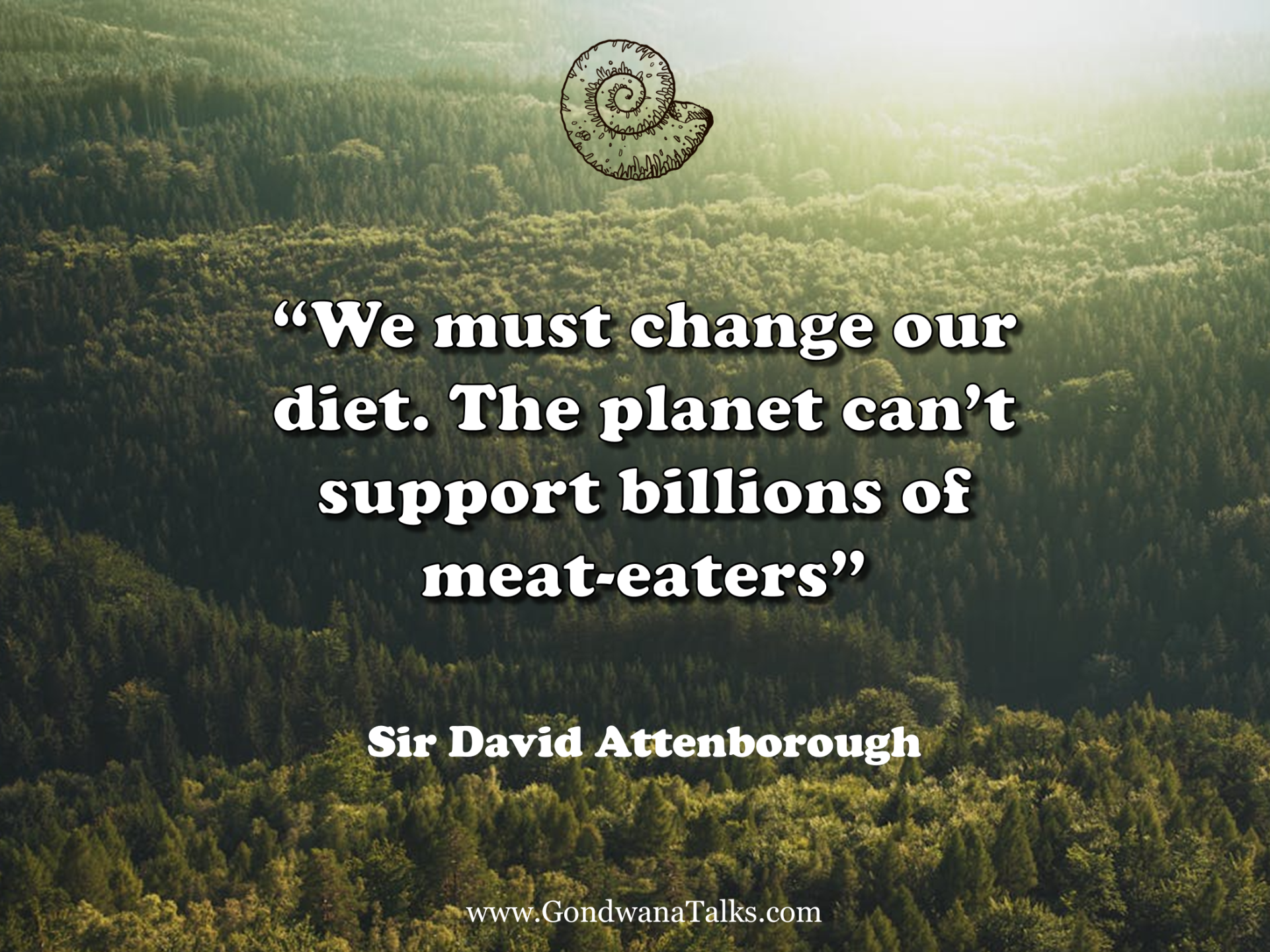
The purpose of all these crops, of all this effort, investment and risk is the production of meat. As long as massive amounts of energy are invested in livestock farming, a real long-term recovery of the Great Plains as a biome is not possible. Producing meat requires more than ten times as much energy, water, land area, crops, and associated exploitation of nature than a plant-based diet. It can be easily calculated, but looking at the savannah to see the living proof, illustrates the idea more visually. Hundreds of herbivores are hunted by just a handful of carnivores. The natural ratio of herbivores to carnivores worldwide is 10 to 100 to one. "There is no room on the planet for billions of meat eaters," David Attenborough pleads.
But the point is, meat aside, that the Great Plains have overcome the Dust Bowl disaster thanks to regenerative agriculture and tree planting, but are also experiencing apparent prosperity through contaminating (artificial fertilizers), poisonous (pesticides), and extractive (groundwater) methods.
We would do well not to consider the Great Plains and the Dust Bowl as a forgotten disaster from a dusty past. That event may well be a hint of what is to come. One positive lesson we can learn is that planting trees can happen very quickly if we want to.
There is much truth in this Touareg saying:
"The difference between a garden and a desert is not water, but man."
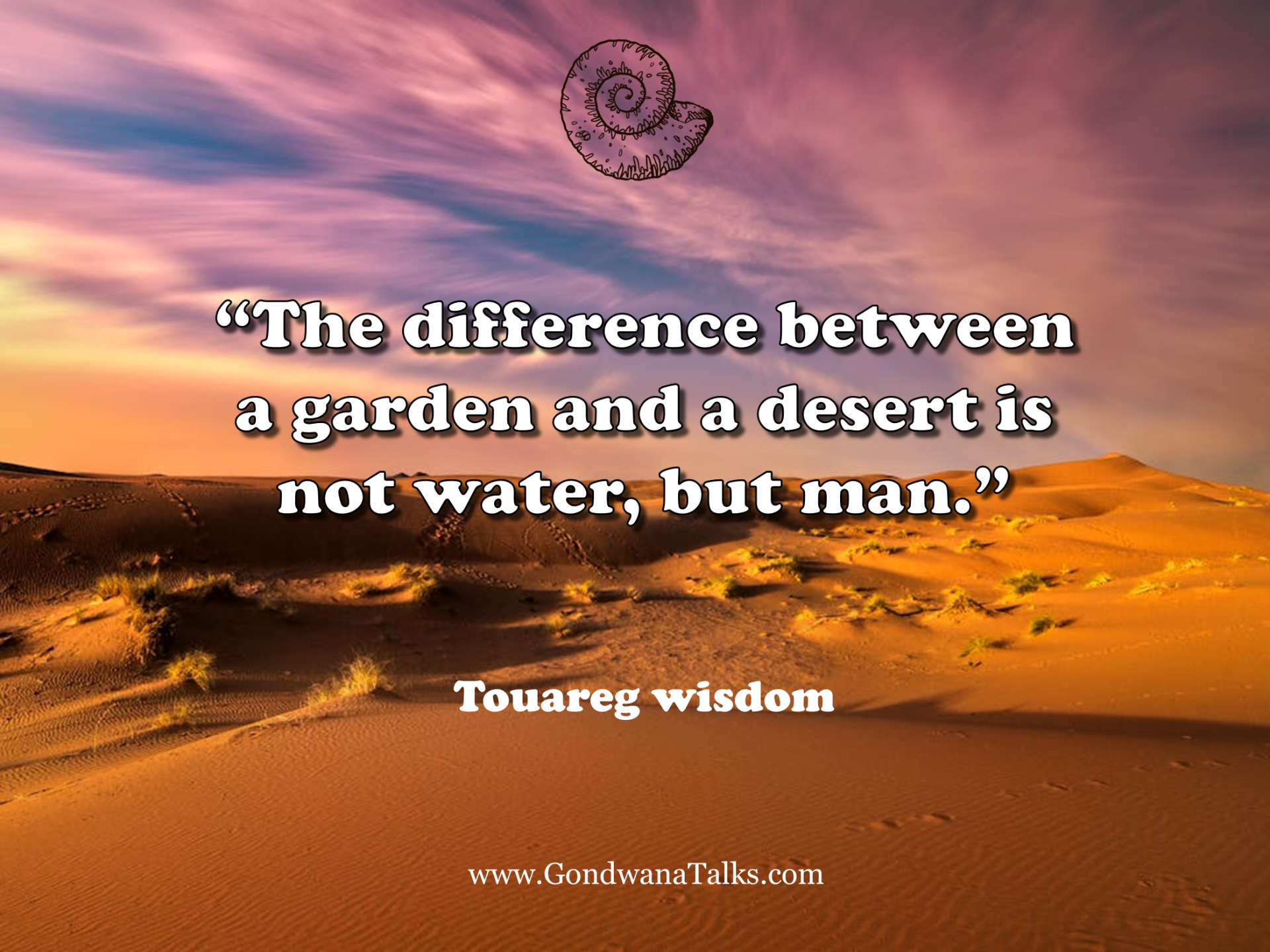
Soil is fascinating. Continue reading about it in my posts on the black gold of Ukraine, on Catalonia and Fuerteventura in Spain, on soil salinization worldwide but especially in Australia, on fertilizer nitrogen and its impact, on the floodings in Valencia and what soil has to do with it, and on meat vs flying.

Kathelijne: I am intrigued by how earth, life, air, ocean and societies interact on geological and human timescales.
Why I started GondwanaTalks.
An immense effort is poured into GondwanaTalks.
Are my articles somehow meaningful to you? Support my work so I can keep GondwanaTalks afloat. Your contribution makes an ultra-Plinian difference. Make a one-off or recurring donation and become a:
Stromboli Strategist
(€2/month)
Tambora Trailblazer
(€4/month)
Vesuvian Visionary
(€7/month)
Already donating? Thank you so much!
-----
Recent posts:
South Africa rises due to extreme drought
Tribute to Richard Fortey and his trilobites
Do you like this article? Subscribe to the short newsletter every couple of weeks, free of heavy files and irritating gifs.
Sources
dust bowl, after the dust bowl, dust bowl recovery, american great plains, great plains, prairies, roosevelt, homestead act, dirty thirties, black blizzards, soil erosion, wind erosion, ogalalla aquifer
